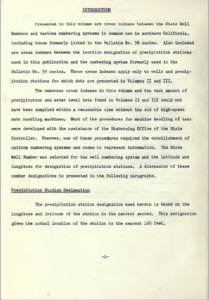Document Details
Bulletin No. 39-57, Water Supply Conditions in Southern California during 1956-1957, Volume IV Cross-Indexes
Robert Y.D. Chun, Roger E. Stephenson | June 16th, 1958
Keywords
coastal aquifers, Colorado River, conjunctive use, drought, Groundwater Exchange, groundwater recharge, monitoring, water supply
